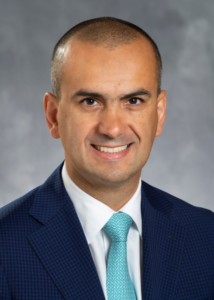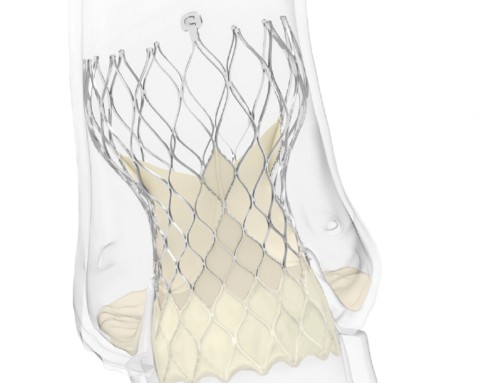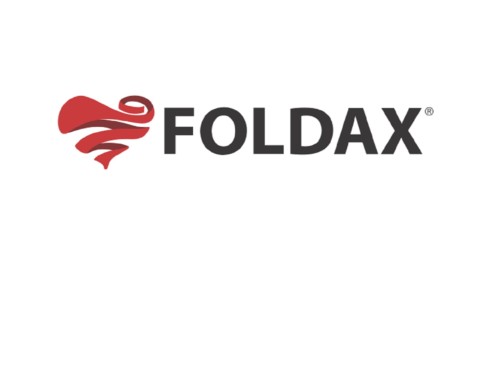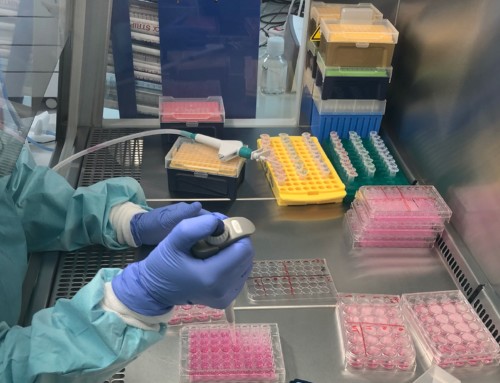
Santiago Garcia
Santiago Garcia (Minneapolis Heart Institute Foundation, Abbott Northwestern Hospital, Minneapolis, USA) and colleagues report in the Journal of American College of Cardiology that there was a 38% drop in cath lab ST-segment elevation myocardial infarction (STEMI) activations in the USA after the COVID-19 pandemic started to substantially affect US social life and medical operations (1 March 2020). The authors suggest that this could be because patients are avoiding seeking medical attention for fear of contracting the virus in hospital.
Garcia et al write that the US Centers for Disease Control and Prevention (CDCDP), to preserve resources such as personal protective equipment (PPE) and hospital beds, recommend deferring elective procedures—for example, percutaneous coronary intervention (PCI) for patients with stable coronary artery disease. However, they add that both the Society for Cardiac Angiography and Interventions (SCAI) and the American College of Cardiology (ACC) advise that primary PCI should still be performed, during the pandemic, in patients with STEMI.
According to the authors, anecdotal evidence suggests that the number of primary PCI procedures in the USA and across the globe have declined since the outbreak began. “To determine if a decrease in primary PCI is occurring in the USA in the COVID-19 era, we analysed and quantified STEMI activation for nine high-volume cardiac catheterisation laboratories from 1 January 2019 to 31 March 2020,” they write.
The mixed model showed an estimated 38% reduction in cardiac catheterisation laboratory STEMI activations in March 2020, compared with the previous 14 months. The authors comment: “All sites combined reported >180 STEMI activations in the before COVID-19 period. In contrast, all sites combined reported only 138 activations.” They say that the 38% reduction is similar to a 40% reduction that has been seen in Spain.
Garcia et al observe that, during the pandemic, activations might have been expected to go up “given the potential heightened environmental and psychological stressors”. Cases of STEMI induced by viral illness and STEMI mimickers such as COVID-19 myopericarditis may also have theoretically caused activations to increase. “Potential aetiologies for the decrease in STEMI primary PCI activations include avoidance of medical care due to social distancing or concerns of contracting COVID-19 in hospital, STEMI misdiagnosis, and increased use of pharmacological reperfusion due to COVID-19,” the authors speculate.
Garcia and colleagues conclude that their preliminary paper by saying that they continue to “follow this early signal and investigate its causes”. “It is particularly crucial to understand if patient-based anxiety is decreasing presentation of STEMI patients to the US hospital system,” the authors state.
Garcia told BIBA Briefings: “We need to understand what are the forces driving this unexpected fall in the number of cardiac catheterisation laboratory activations for the most serious heart attacks. Importantly, this decline in cath lab activation coincides with reports of an increased number of cardiac arrests at home. We cannot be certain the two are linked, but it is possible that many patients with heart attacks are deciding to stay home due to concerns about contracting COVID-19 in the hospital or because they think they have COVID-19 and should self-isolate at home. Patients need to be reassured that hospitals are safe and fully operational when it comes to treating cardiovascular emergencies.”
Following the reports of reductions in primary PCI, both the European Society of Cardiology and the ACC have taken steps to urge the general public to seek medical advice if they experience the symptoms of myocardial infarctions. Both societies stress that hospitals are taking the necessary precautions to reduce the risk of patients contracting COVID-19 while in hospital.





